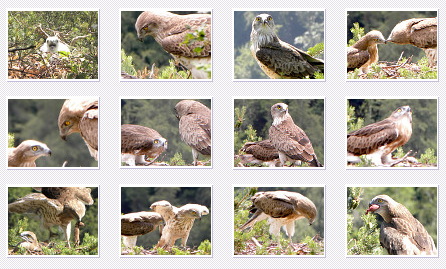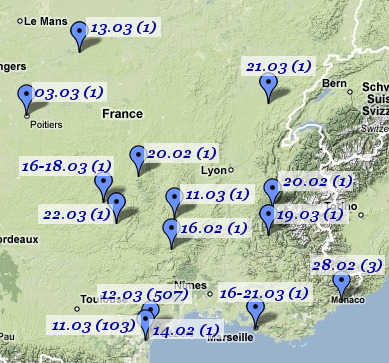This text opening La Plume du Circaète n° 6 was written by Bernard Joubert and translated to English by Yves Forget. This view of birds studies can be interesting for Short-toed Eagle watchers and researchers in other countries:
For many of us, a bird of prey is much more than a flying machine.
It is first of all an elegant bird of an absolute beauty. It is the being who breathes, who eats, communicates, moves, suffers, reproduces, interacts, fears. In brief, a being on the whole not so remote from us. If we take a good look at it, we are amazed by the subtlety of the strategies which it shows to continue to live in its environment.
If it is almost impossible for the observer who makes the effort to look at him simply, not to develop a certain shape of empathy (sorry Mister Lorenz!), this one can nevertheless keep a certain distance face to face of its subject of observation, a certain objectivity and so develop a speech which we can qualify as scientific.
For some, however, the bird never becomes a close friend. It is never the young-nervous-male-from-the-rocky-valley or just as well the dark-not-so-wild-female. It still remains an animal, a lower being to whom we are entitled to make everything undergo, in defiance of its identity, of its beauty and – who knows? – of its emotionality. And so much the worse for the sublime wanderer transformed in a bum by a piece of plastic.
And so much the worse for the dreamers, the aesthetes and the other visionaries who have an aggravated sensibility.
They are not serious.
But, this sensibility, isn’t it all the essence of our humanity? And doesn’t it not open the doors of the knowledge as wide as that of professed researches where the identity of the bird is corrupted without the shadow of a scruple?
Bernard Joubert










